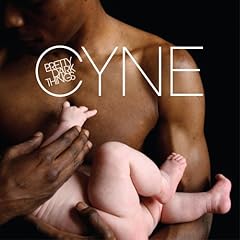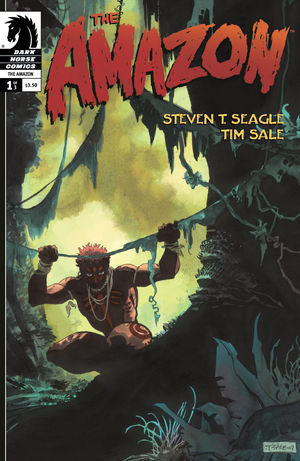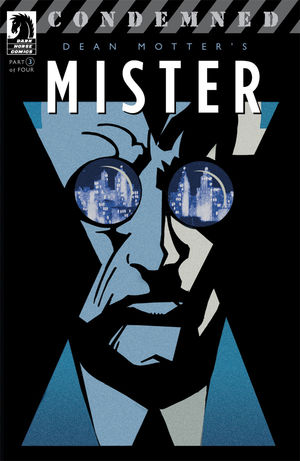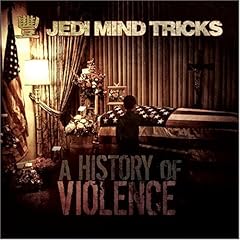 Written by Alan Moore
Written by Alan Moore
Art by Kevin O'Neill
This might be a case of ambition being greater than execution. The idea behind this graphic novel is amazing - that Mina Murray and Alan Quartermain, in Big Brother's London of the 1950s would have to steal the government file, or black dossier, about their 'League of Extraordinary Gentlemen', and that the information within it would aid them in their escape, is a great one. The notion that the dossier would become a part of the story, in a meta-textual way, encompassing a number of different literary genres, styles, and techniques, detailing the history of extraordinary people from the time of Ancient Greece to present day, is a very cool idea. Unfortunately, it doesn't quite work.
The comic parts of the story read as well as any of the LoEG books have read so far - they are quick paced, beautifully drawn, and highly intelligent. My problem lies with the dossier itself. Moore has taken great pains to realize fully his world where our fictional characters are real and have over-lapping stories, but he somehow doesn't manage to make the dossier entries all that interesting. Some of them are great - the story of Orlando told as an old-school British comic strip in a boys' weekly is fantastic. Others though, are simply dense blocks of text that, while technically perfect, don't inspire the imagination. I found myself skipping over them, while still appreciating that they were there. I found I couldn't read more than half a page of Moore's Jack Kerouac novel, although other parts totally caught my interest.
In the previous volumes, I felt I could catch a lot of the references and jokes, but in this case, I was glad for the Internet, as I needed to look things up with great frequency (especially when the Golliwog showed up). Maybe if I was older and British, a lot more of the references would have made sense. I don't know.
All that said, the 3D section of the book is brilliant. There are a lot of really cool tricks - like the character that looks different depending what eye you are viewing him through, and the art here is gorgeous. O'Neill's never looked better.
As well, I like the way the framework is provided for the next volume of LoEG, which will be coming soon from Top Shelf.
 by Cyne
by Cyne








































